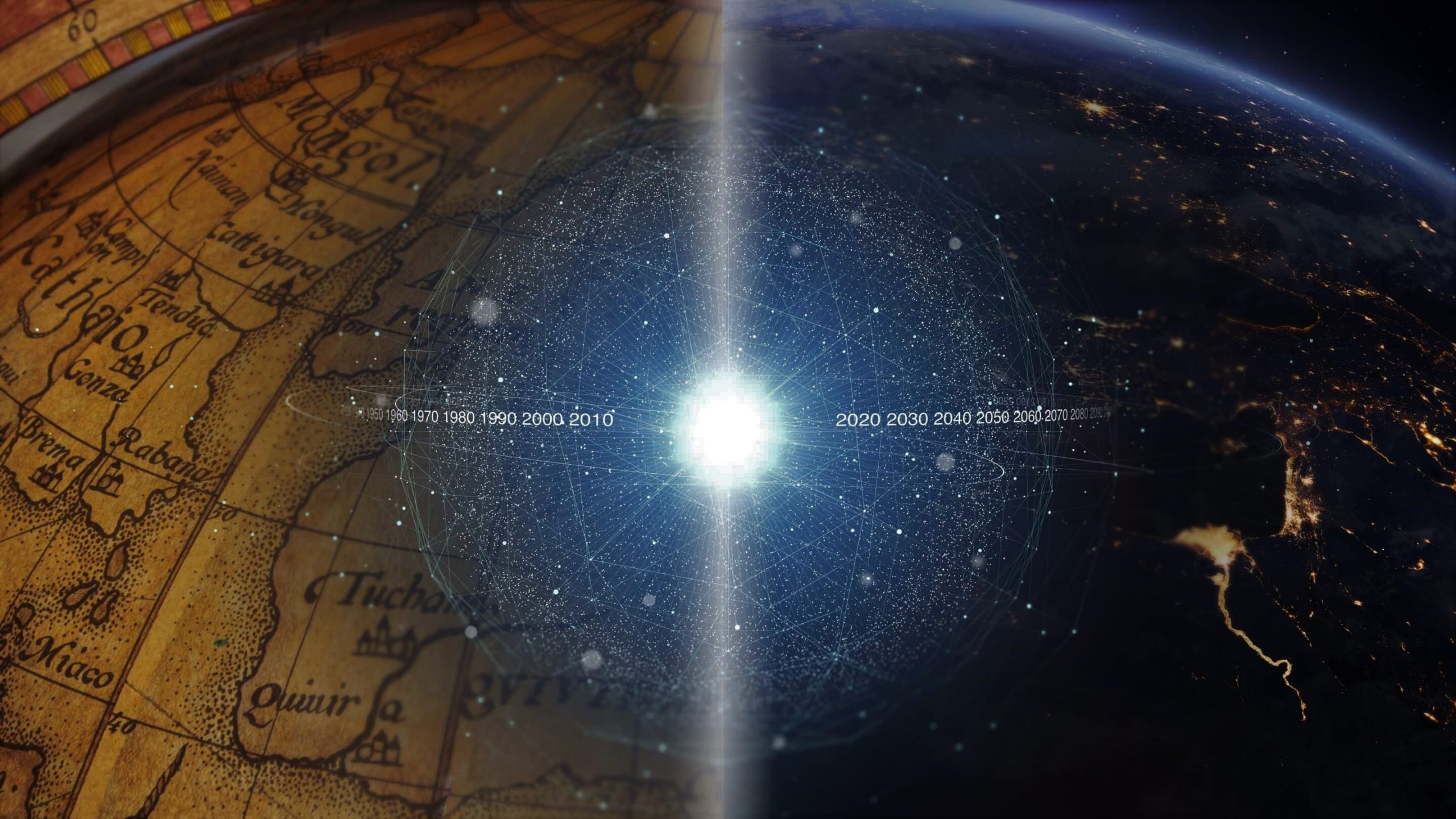Our Greek Time Machine Ambassador Eleni Papalexiou published an article on our Time Machine initiative in the collective volume Creative Archives as Living Landscapes of Memory in the Digital Era released within the framework of the project CReative Europe ARCHive as innovative cultural hubs (CREARCH).
In her article “State-of-the-art technologies and collaborative research projects in the service of European cultural heritage”, Papalexiou discusses large-scale flagship research projects, with a special focus on the Time Machine project, which has mobilized European scientific and technological institutes, researchers and companies on an innovative mission at the forefront of computer science and the digital humanities: The reconstruction of the long multicultural history of Europe. This is the largest project ever undertaken in this field at a European level. Supported by ca. 700 institutions, 30 countries and multiple international initiatives, it aspires to offer Europe the technology of preserving and reconstructing its eons-long history and culture. The chapter also presents several possibilities of individual partnerships related to this ambitious project.
The article is in Greek and available in our section Press Coverage.
CReative Europe ARCHive as innovative cultural hubs
CReative Europe ARCHive as innovative cultural hubs (CREARCH) is an EU-funded project developed and led by the Banco di Napoli Foundation with its corresponding museum ilCartastorie. The project consortium is comprised of Icarus Hrvatska, the University of the Peloponnese and the Regionaal Historisch Centrum Limburg.
Project aims
Archives enshrine records and stories that transmit a rich heritage of popular traditions and habits that are part of our European culture. CREARCH will transmit them through a creative storytelling based on visual, digital and transmedia performances, where the public will learn how European citizens developed exchanges, built shared values and created a common heritage as a consequence of migrations, trade relations and travels across borders. In an era where migrations to Europe and contacts between people are frequent, EU citizens and migrants will discover together, learn from past experiences and understand how our culture, traditions and heritage have been shaped during centuries of contacts between Europeans and between Europeans and non-Europeans.
